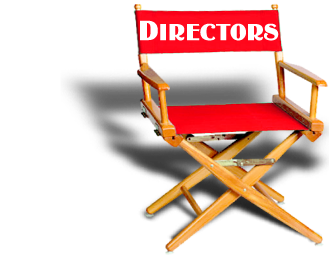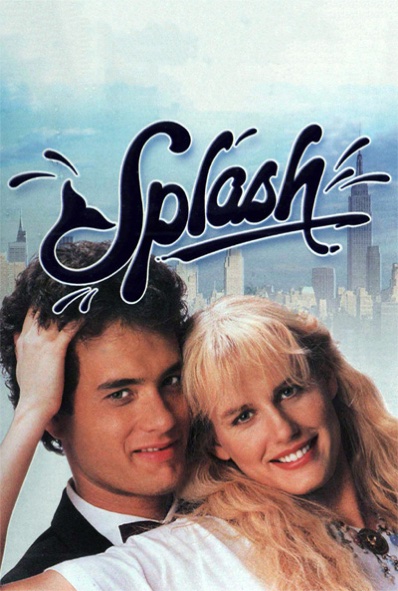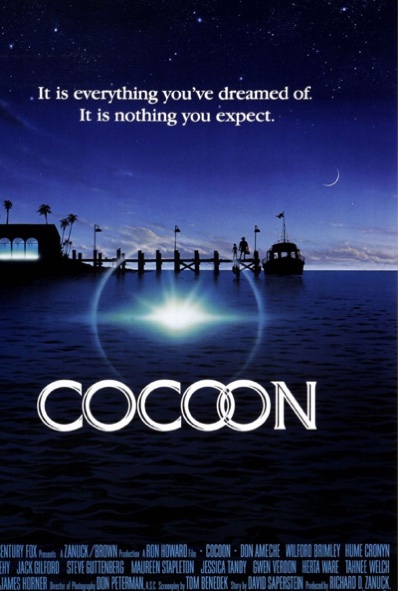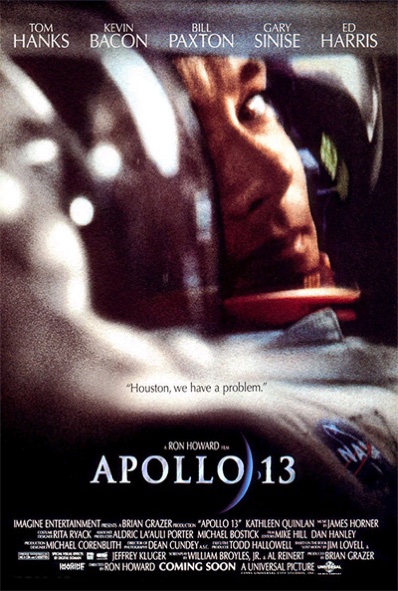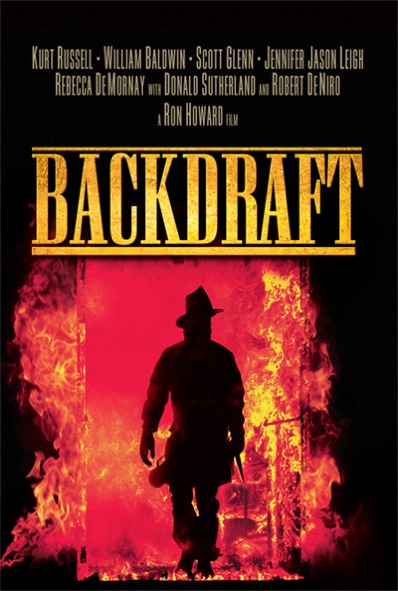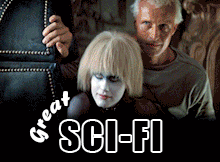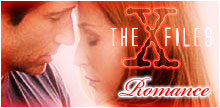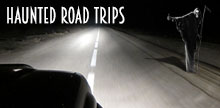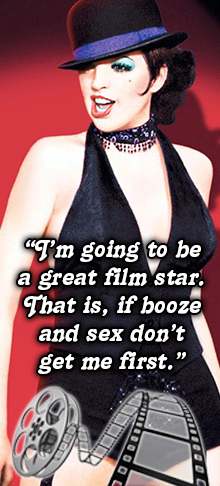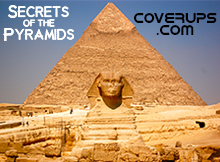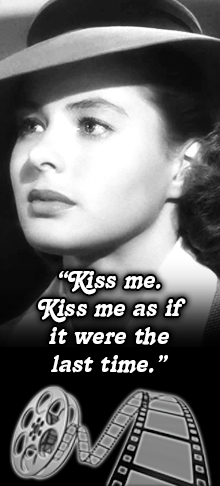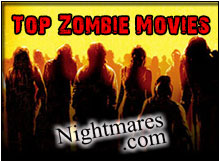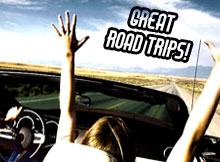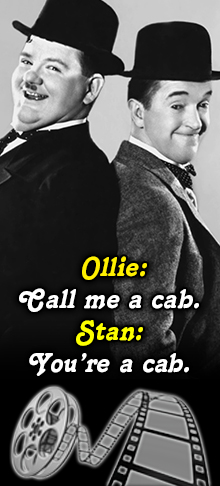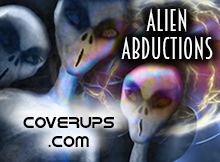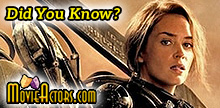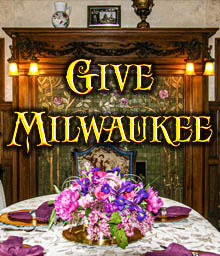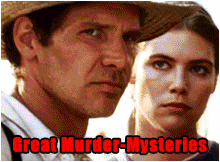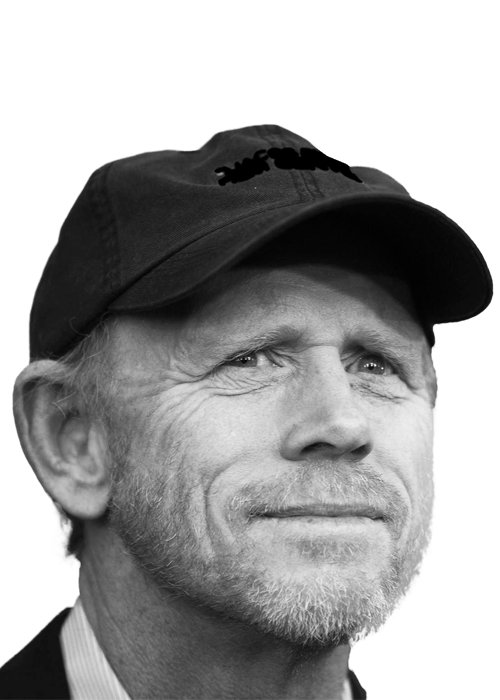
Ron Howard
Best known for playing high-profile starring roles in two beloved TV series — The Andy Griffith Show and Happy Days — Ron Howard followed those accomplishments by successfully transitioning from child stardom to adult stardom, and capped it off by joining and staying in the front ranks of American film directors. His most successful directorial effort is probably Apollo 13, but there have been a great many others, including Backdraft, Cocoon, and A Beautiful Mind.
It’s hard to believe he had two lives before this one, and a different name (sort of) to go with them. Your favorite tv child actor pitching a stone into a pond and turning “Gosh, Pa!” and “Gee, Aunt Bee” into iconic phrases that will forever remind the Baby Boom Generation that they missed something by not visiting a jail on a regular basis — that was Ronny Howard.
That was Ronny, too, turning into Richie and turning “Happy Days”, the sterilized TV version of “American Graffiti“, into another act of nostalgia for the Boomers. Those who followed the charismatic carrot-top’s career at first tripped over the de-diminution of his name. Ron? It just didn’t fit.
Backstage, though, Ronny was making a deal with notorious career-launcher Roger Corman. In exchange for Howard’s starring in “Eat My Dust”, Corman would produce Howard’s 1977 directorial debut, “Grand Theft Auto”. He stayed with “Happy Days” until 1980, though, getting his directing chops on small stuff.
On the surface it may have seemed like Howard switched to behind the camera just because he was savvy enough to realize his childhood appeal was disappearing faster than his hair. But, actually, Ron wanted to be a director almost since his major acting debut, in the film version of “Music Man“.
Ron Howard spent the ’80s doing what he knew best: comedy. Actors, of course, trust him implicitly; after all, who else has been in the business 50 years? That trust, from the very beginning, led to some outstanding comedic performances: Michael Keaton in “Night Shift“; Brian Dennehy and Steve Guttenberg (and, of course, Don Ameche and Wilford Brimley) in “Cocoon“; Darryl Hannah, John Candy and, in his first of three, Tom Hanks in “Splash”; and Steve Martin in “Parenthood“. (And, ten years later, with Jim Carrey in “Grinch”.)
In the ‘90s, starting with “Backdraft“, Ron Howard took on the historical and biographical with an almost documentary-style objective clarity. His “Far and Away” took Nicole Kidman and Tom Cruise from Ireland to Oklahoma, the birthplace of the director.
The biographical films, “Apollo 13“, “Cinderella Man“, and “A Beautiful Mind“, are widely considered to be Ron Howard’s best, but that overlooks the insight in his early comedies and the show-biz genius of “Grinch“.
Though critics picked on him for sticking to the book with the blockbuster “Da Vinci Code”, it mustn’t have fazed him. He next directed Dan Brown’s “Angels & Demons”.
Imagine Entertainment’s co-chairman and partner, with Brian Glazer, Ron Howard also lives the life of a producer. It seems, though, that this life — director — is the one he was meant to live. It will be the one he is remembered for. In spite of giving us “Gee, Aunt Bee!” and “Gosh, Pa!”
— Nate Lee
Great Scenes
SPLASH
- There are as many memorable, touching scenes in this early Tom Hanks/John Candy/Darryl Hannah movie as in just about any Ron Howard flick
- Darryl eating the lobster whole in the restaurant
- John’s moving speech to Tom about the odds of finding just the right girl
- Darryl taking a bath and growing fins
- The fountain in the den
BACKDRAFT
- A firefighter falls through an elevator shaft into a pool of water, filmed up from under water
COCOON
- One of the classiest sci-fi comedy dramas
- The old guys are suddenly spry with the energy from the pods in the pool
- The aliens get out of their wetsuits, then out of their wet skin
HOW THE GRINCH STOLE CHRISTMAS
- Martha May decorating her house with a cannon that fires lights
- Hundreds of little Jim Carrey-style moments like the one in which he mimics Ron’s directing style
- The Grinch as a little kid
FAR AND AWAY
- The sexual tension between Tom Cruise and Nicole Kidman is never more real (on screen, that is) than in the scenes where they, posing as brother and sister, share the same room
- Tom Cruise’s boxing scenes are a mesmerizing precursor to those in “Cinderella Man“.
- The Oklahoma land-rush scene is as spectacular as any epic and certainly any Western
Epic Biopics
- A Beautiful Mind
- Cinderella Man
- Apollo 13
- Far and Away
Insightful Comedies
Other Greats
- Backdraft
- Ransom
- Night Shift
Ron Howard’s directing credits include…
| Year | Movie |
|---|---|
| 1969 | Old Paint |
| 1969 | Deed of Derring-Do |
| 1969 | Cards, Cads, Guns, Gore and Death |
| 1977 | Grand Theft Auto |
| 1982 | Night Shift |
| 1984 | Splash |
| 1985 | Cocoon |
| 1986 | Gung Ho |
| 1988 | Willow |
| 1989 | Parenthood |
| 1991 | Backdraft |
| 1992 | Far and Away |
| 1994 | The Paper |
| 1995 | Apollo 13 |
| 1996 | Ransom |
| 1999 | EDtv |
| 2000 | How the Grinch Stole Christmas |
| 2001 | A Beautiful Mind |
| 2003 | The Missing |
| 2005 | Cinderella Man |
| 2006 | The Da Vinci Code |
| 2008 | Frost/Nixon |
| 2009 | Angels & Demons |
| 2011 | The Dilemma |
| 2013 | Rush |
| 2013 | Made in America |
| 2015 | In the Heart of the Sea |
| 2016 | The Beatles: Eight Days a Week |
| 2016 | Inferno |
